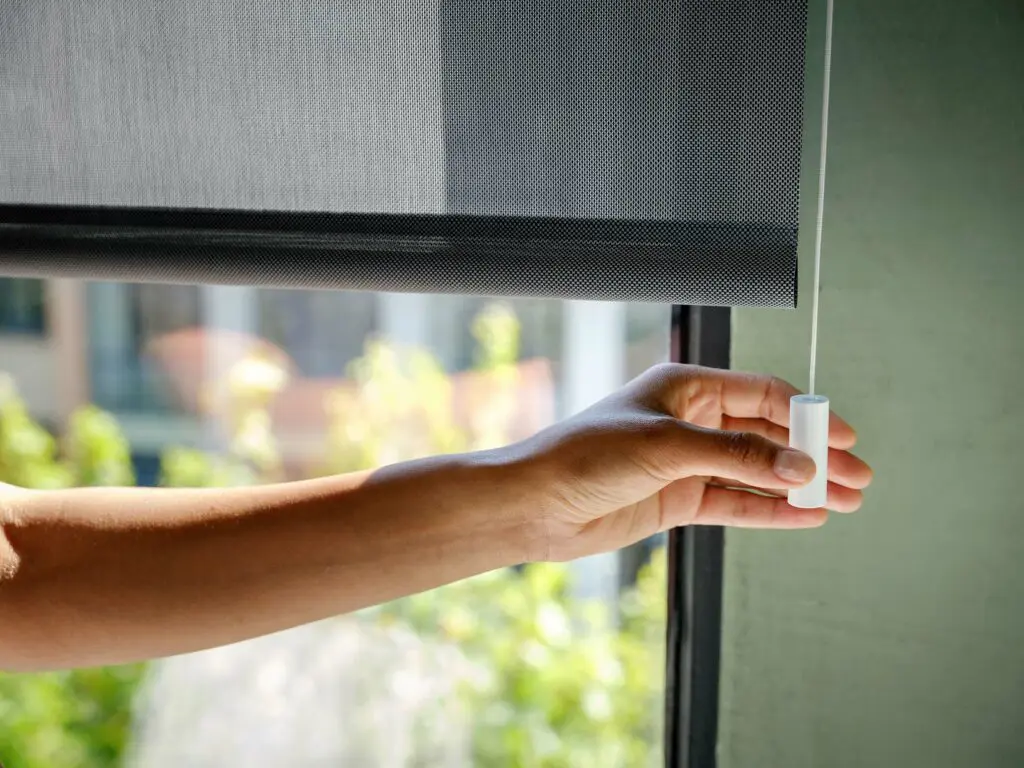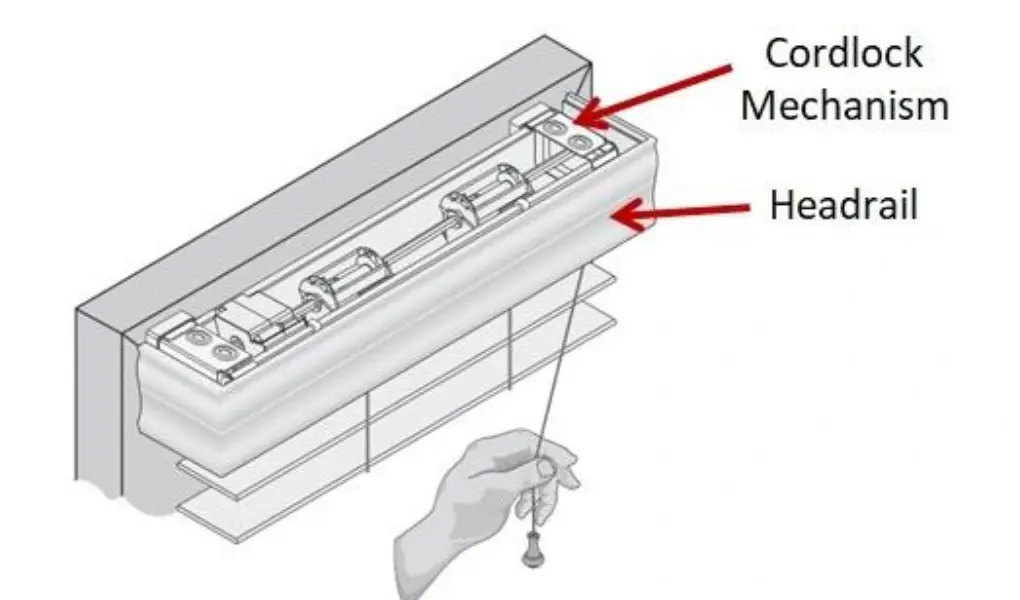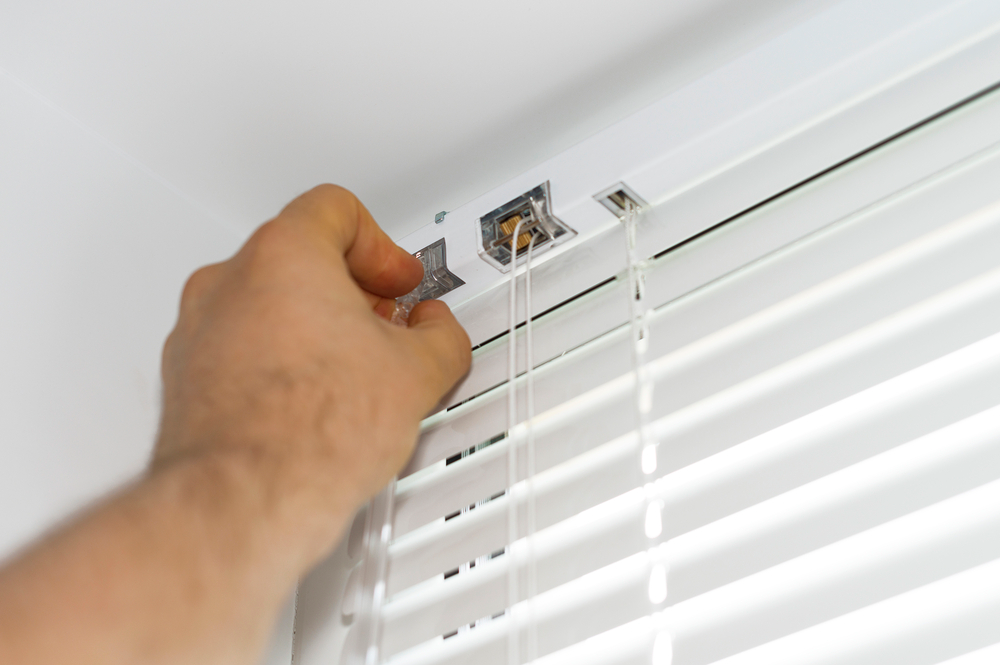Is there anything greater irritating than blinds that refuse to cooperate? Whether they may be stuck at the top, might not raise, or are tilting unevenly, malfunctioning blinds can be a real headache. But don’t be melancholy!
This article will provide sensible solutions to get your blinds operating smoothly again. From simple adjustments to greater worried maintenance or repairs, we’ve got you covered. Let’s get those blinds lower back in action, shall we!
Understanding the Mechanism of Window Blinds
To correctly troubleshoot your blinds, it’s useful to understand their basic mechanics. Most blinds perform on a system of cords, pulleys, and springs. These elements work together to elevate, decrease, and tilt the slats which in turn determine the position of the blind.
The core mechanism involves cords that run through the slats and hook up to a roller rod at the top. Pulling these cords raises the blinds while releasing or freeing the tension allows them to lower. A control cord is used to tilt the slats, which is connected to a specialized mechanism designed specifically for adjusting the slat angle.
Common Reasons Why Window Blinds Won’t Go Down

In this section, we’ll explore common issues that can cause the blind’s movement mechanism to become stuck.
Cord Issues
Cord issues can arise from various problems, including tangles or obstructions. If cords are knotted, twisted, or caught, cautiously untangle them to guarantee gentle and smooth movement. However, if cords seem broken or frayed, they may need alternatives or replacement as they may pose a protection damage or safety hazard. To prevent accidents and malfunctions regular inspection and preservation of cords are critical and necessary.
Lifting Mechanism Problems
Lifting mechanism issues can prevent blinds from operating correctly. Over time, components like gears and springs can wear out, hindering the lifting process. Obstructions within the roller tube or headrail can also impede movement. If your blinds are having trouble and won’t raise or lower smoothly, analyzing the lifting mechanism for damage or blockages is essential and required.
Blind Weight and Installation
The weight and installation of blinds significantly influence their performance. Excessive weight can strain the lifting mechanism, causing difficulty in raising or lowering the blinds. Removing extra accessories or reducing the overall weight can alleviate this issue. Proper installation is equally important. Ensuring secure mounting and correct hardware placement prevents operational problems and safety hazards.
How to Fix Stuck Window Blinds
Encountering problems with your blinds can be irritating, but with these steps, you may frequently remedy the trouble yourself.
Step 1: Untangling the Cords
- Access the cords: To obtain complete access to the lift cords carefully lower the blinds.
- Identify the tangle: where the cords are crossed or wrapped around each other try to search for any knots, and twists, in those areas.
- smoothly untangling: Avoid pulling or twitching the cords as this might damage them. Carefully and continuously work out the tangles to untangle them.
- examine for damage: Finally, the cords are untangled, carefully inspect them for any signs of wear, breakage, or wear. If the cords are damaged, they may require to be replaced.
Step 2: Checking the Lifting Mechanism

- Access the mechanism: To disclose the lifting mechanism raise the blinds completely.
- Visual analysis: search for any noticeable symptom of damage, wear, or obstructions.
- Check for debris: To smoothly eliminate any dust or wreck from the mechanism using a soft brush or compressed air is beneficial.
- Test the mechanism: Attentively operate the lifting mechanism to look for the issue that persists. If the problem repeats, it may be essential to contact a professional for repair.
Step 3: Checking for Physical Obstructions
- Examine the slats: Attentively inspect each slat for any external objects or obstructions that might be blocking the blinds from lowering.
- Check the headrail: search for any wreckage or objects that may be stopping the motion of the blinds within the headrail.
- Inspect the cords: Examine the cords for any kind of trouble like knots, tangles, or objects trapped in them.
- Test the blinds: After clearing all the obstructions, now time to test and try to lower the blinds continuously to see if the problem has been resolved.
If you have accomplished those steps and the blinds still do not operate in the right way successfully, it is suggested to consult a professional for further help and assistance, or better yet consider making your DIY blinds and curtains because those are less likely to cause such nuisance.
Note: Always prioritize safety when operating with blinds. If you are uncertain about any step, it’s far better to consult a professional.
Step 4: Seek Professional Help
If your attempts to restore the blinds are unsuccessful, or if the issue seems complicated, it’s recommended to contact a professional blind repair service. They have the expertise to diagnose and rectify the hassle or problem efficiently with their effective knowledge and skills.
By following these steps and understanding while seeking professional assistance, you can restore your blinds’ capability and revel in their blessings all over again.
What signs indicate a more serious problem?
If you are aware of persistent troubles like common and frequent jamming, uncommon noises, or visible damage to the blinds or components, it is in all likelihood indicative of greater serious trouble.
Additionally, if you’re not able to clear up the problem after attempting basic troubleshooting steps, professional assistance is appreciated and recommended.
What to do if Window Blind is Still Stuck?

If your blinds continue to be stuck despite your efforts, scheduling professional assistance is advisable and beneficial. A certified technician can appropriately diagnose the problem and offer the necessary repairs. To discover a reliable restore service, research local alternatives, read customer reviews carefully, and request charges from more than one provider.
Is it worth it to replace the blinds instead of repairing them?
The choice to update or repair your blinds relies upon numerous factors, which include the age of the blinds, the quantity of the damage, and the cost of upkeep as opposed to replacement.
If the cost of repair is comparable to replacement, choosing a new set of blinds may be the more practical choice. This also gives you the opportunity to select a contemporary design from a boutique dealer specializing in custom window solutions. However, if the blinds are quite new or have sentimental prices, restoration is often the preferred choice. Ultimately, the decision rests on your finances, the severity of the difficulty, and your private and personal preferences.
Preventing Future Issues with Window Blinds
Regular care and maintenance such as cleaning curtains and blinds play a key to ensuring the durability and easy operation of your window blinds. Therefore, it never hurts to dust your blinds regularly with a soft cloth or duster. Additionally, you may also want to keep the operating mechanism of the blinds spick and span. Inspect it regularly, and if you do come across any wear pre-emptive actions are necessary to avoid the blinds getting stuck.
Conclusion
By having the right knowledge of common blind problems and taking steps for proper care and upkeep practices, you may expand the lifespan of your window blinds and revel in their capability for future years. Regular cleaning, right operation, and timely repairs are important for retaining top-rated overall performance. If you come upon continual troubles, do not hesitate to seek professional assistance. With a little care, your blinds will maintain to enhance your home’s comfort and aesthetics.

